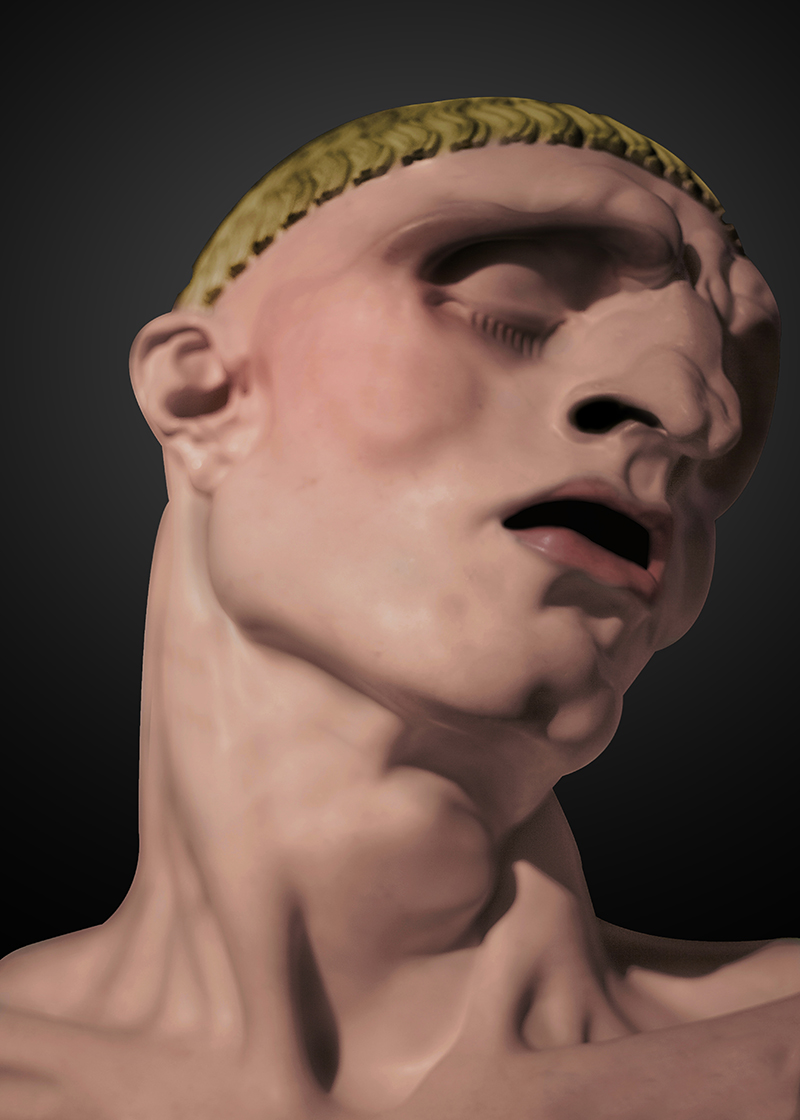
In Erika Zolli’s “A Little Known Marble” series, she blends mediums by photographing monochromatic marble sculptures from Galleria d’Arte Moderna in Milan and digitally adding “the typical color of ancient sculptures,” fighting against any notion that the “classical world was devoid of color.”

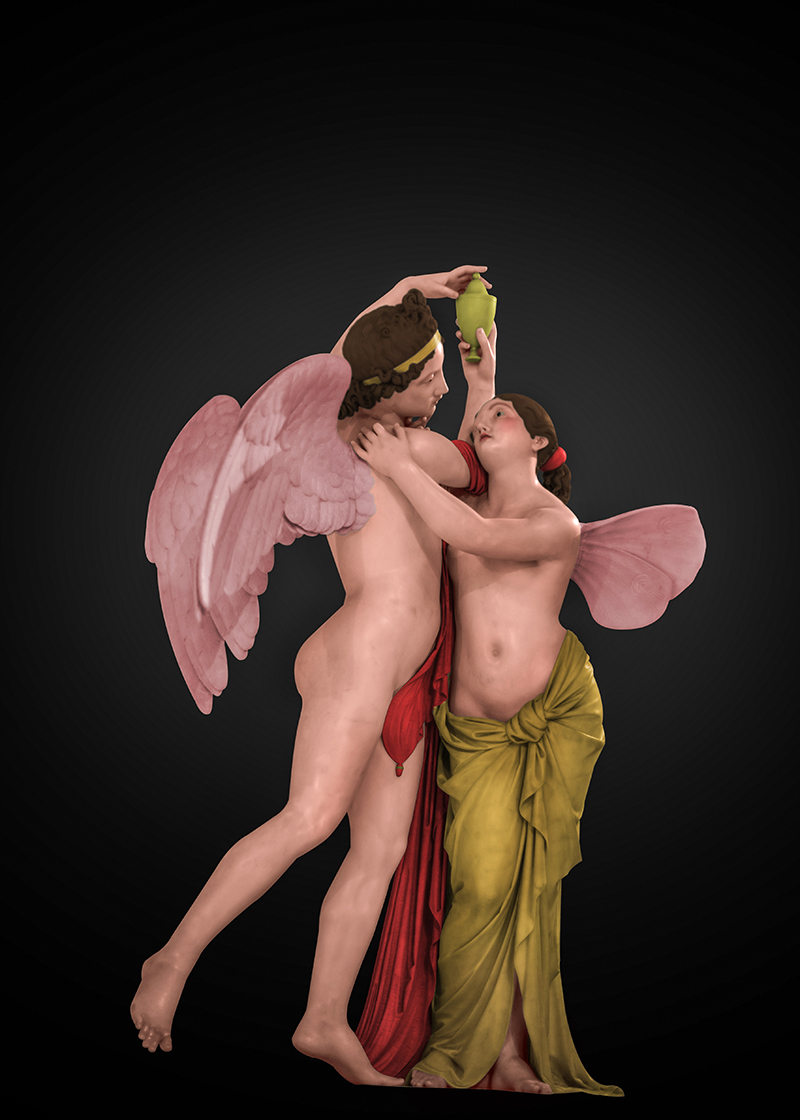
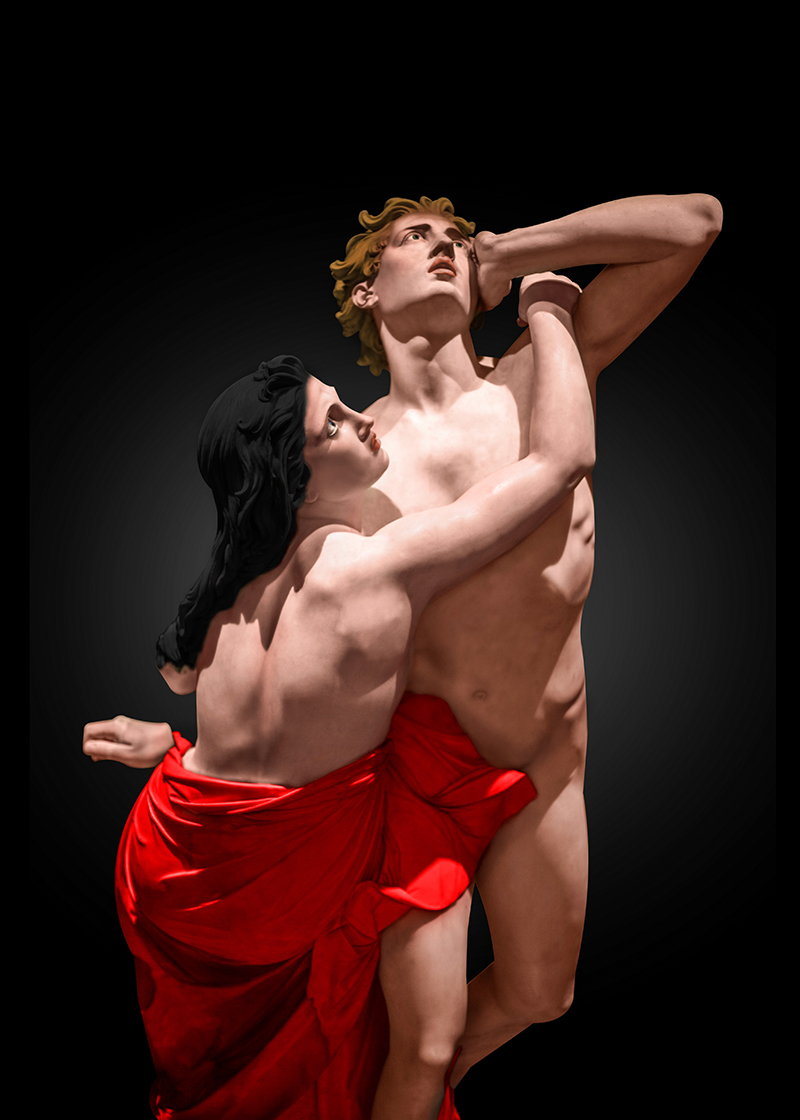
“The tradition of Renaissance classicism and neoclassical academicism has accustomed us to the monochrome of the statues, a situation far removed from the original state of the sculptures,” she says. “The practice of coloring the sculptures probably ceased partly due to the desire to show the most precious materials and partly to imitate the ancient sculptures that were now found without their polychromy, leading us to mistakenly think that the classical world was totally devoid of color.”
See more of the Italian photographer’s work here.

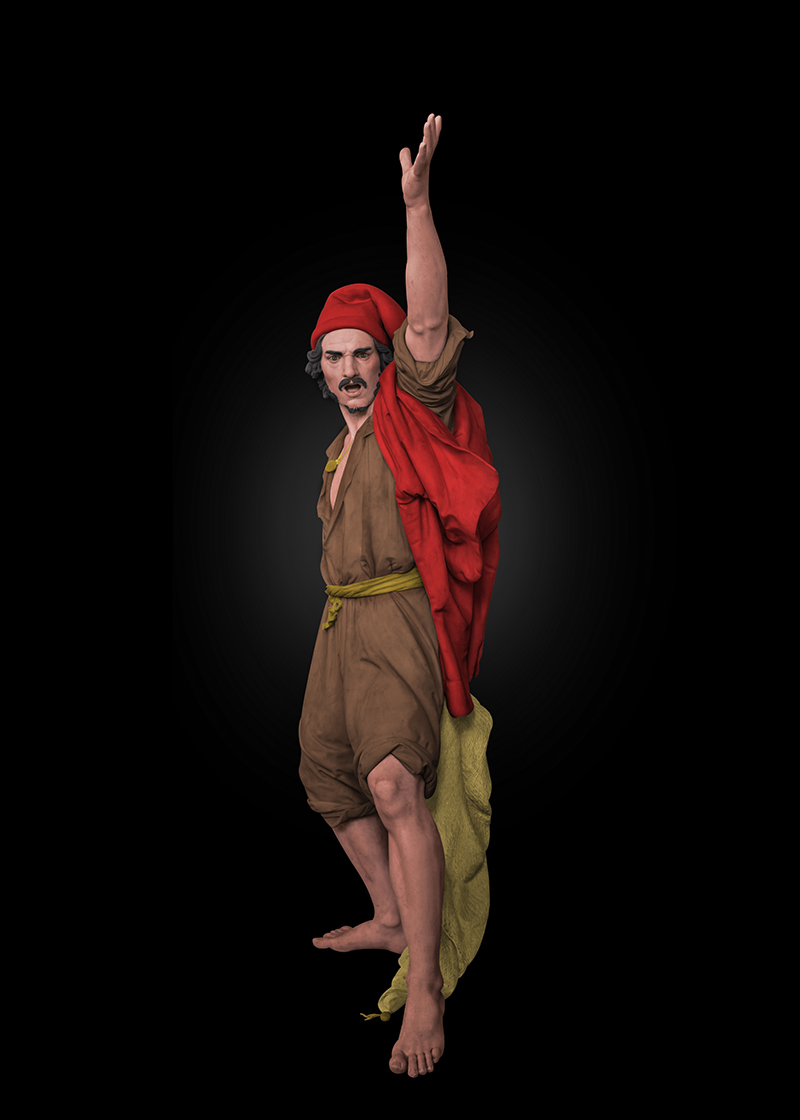

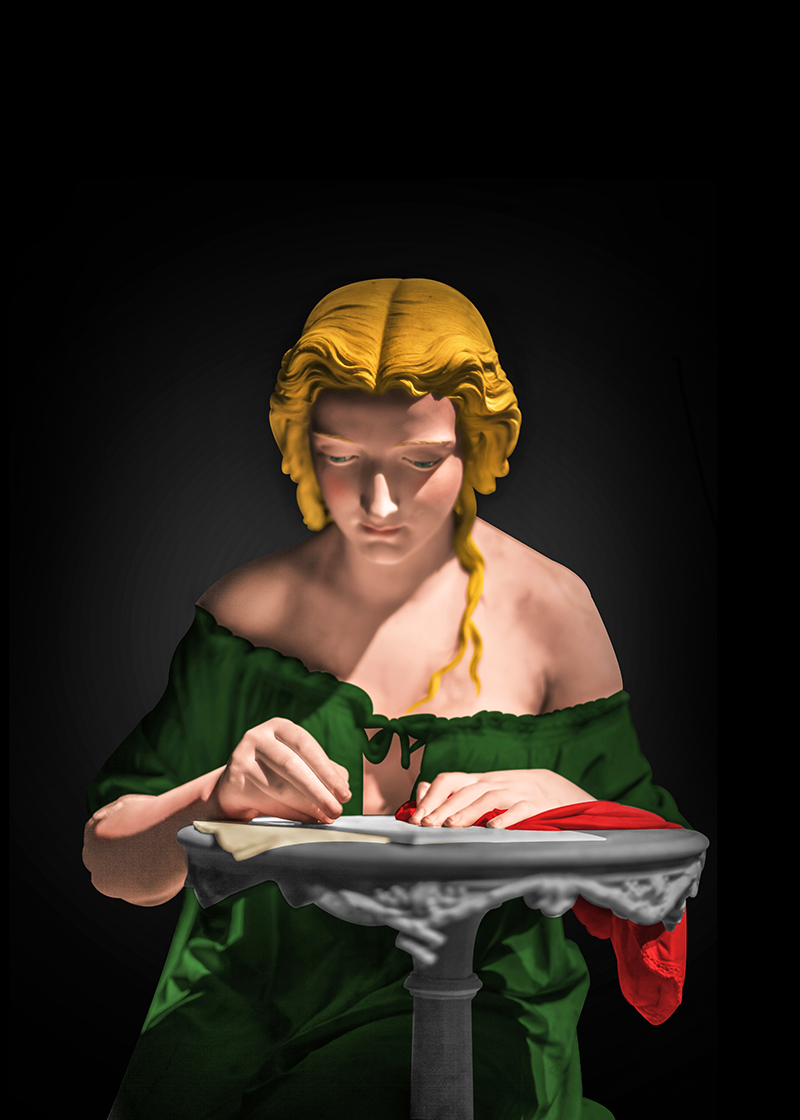
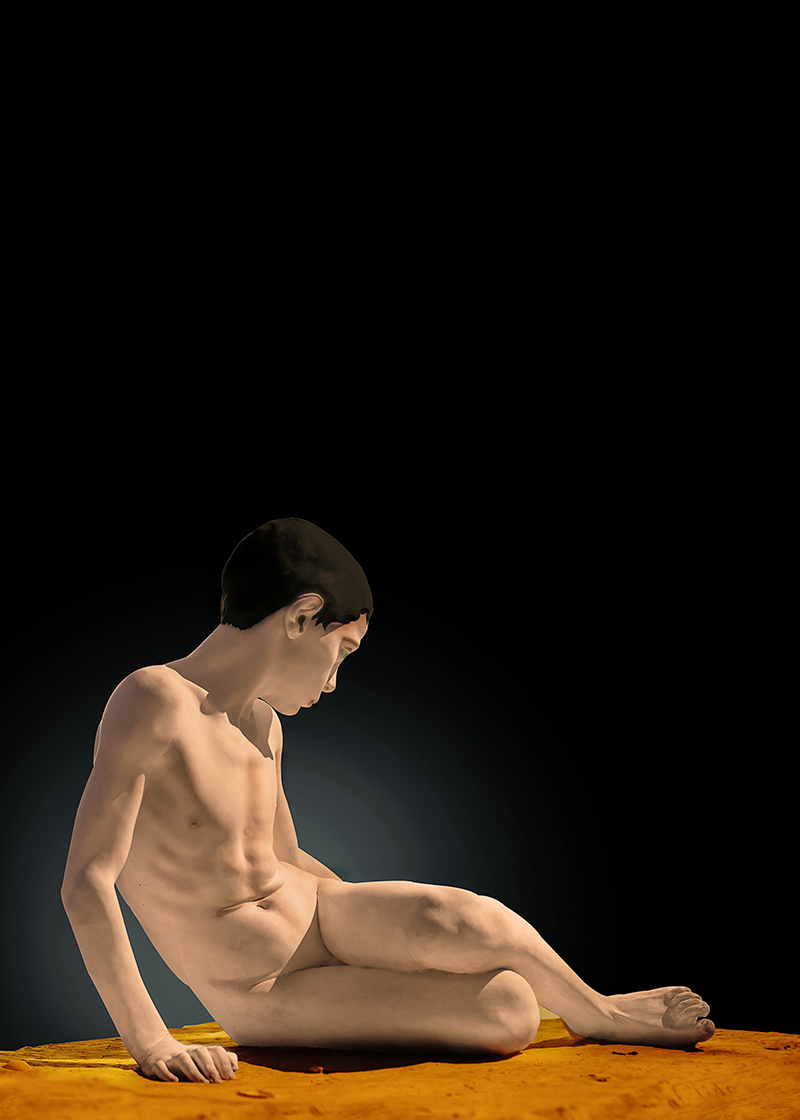



 If you played with your food when you were a kid, then you might enjoy this set of wacky photographs by
If you played with your food when you were a kid, then you might enjoy this set of wacky photographs by 
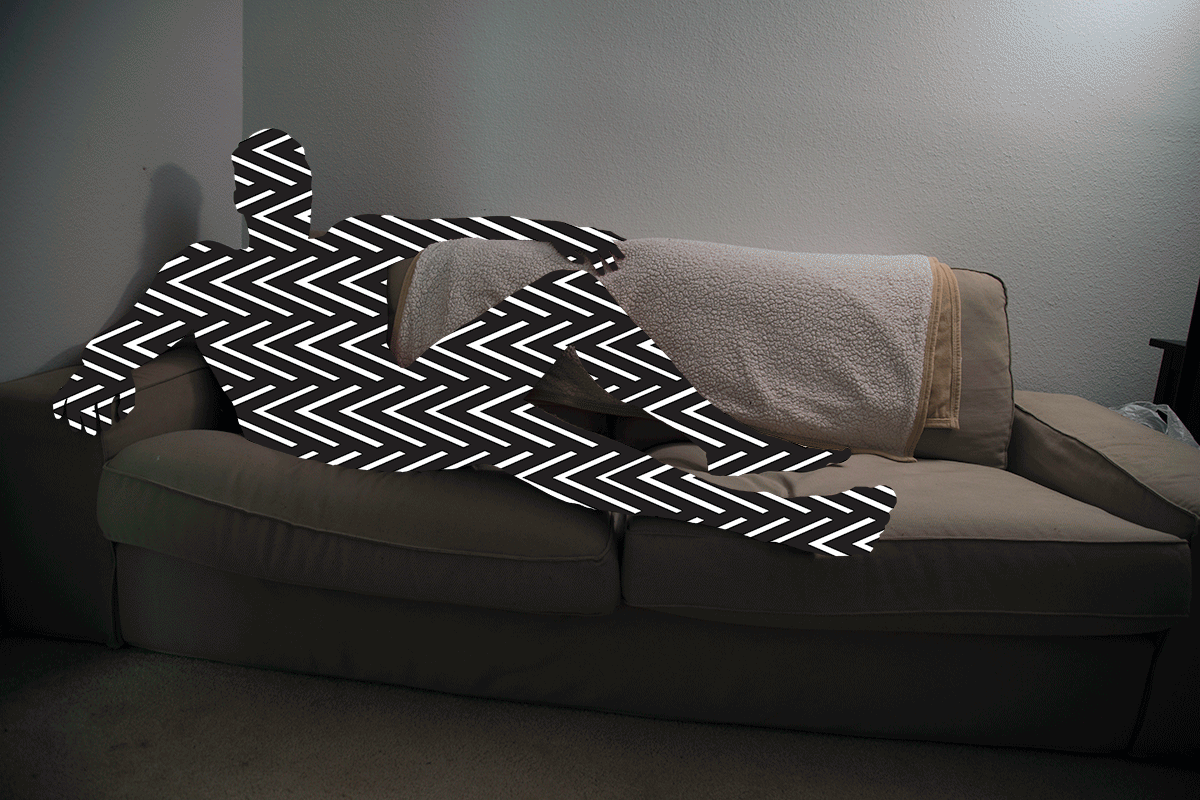 Young photographer
Young photographer  Photography as a medium has a dual character. Since its introduction, artists have used it to produce both art as well as document the world around them. For Chicago artist
Photography as a medium has a dual character. Since its introduction, artists have used it to produce both art as well as document the world around them. For Chicago artist